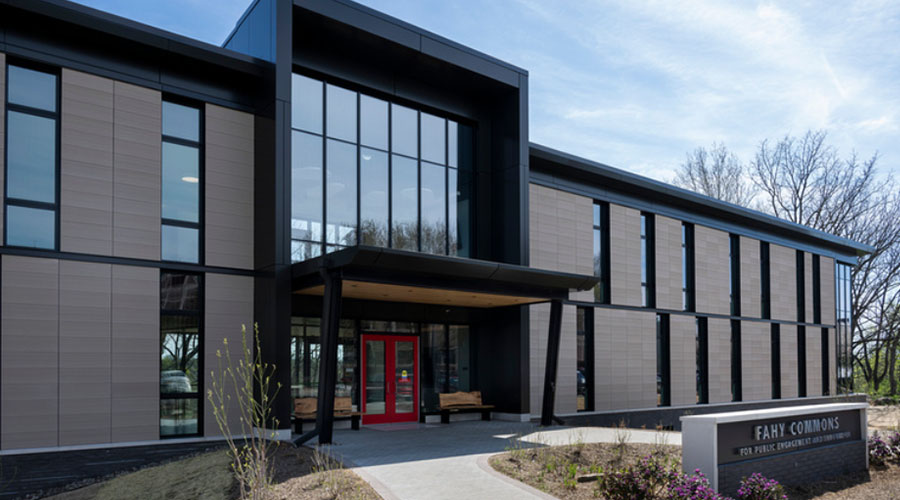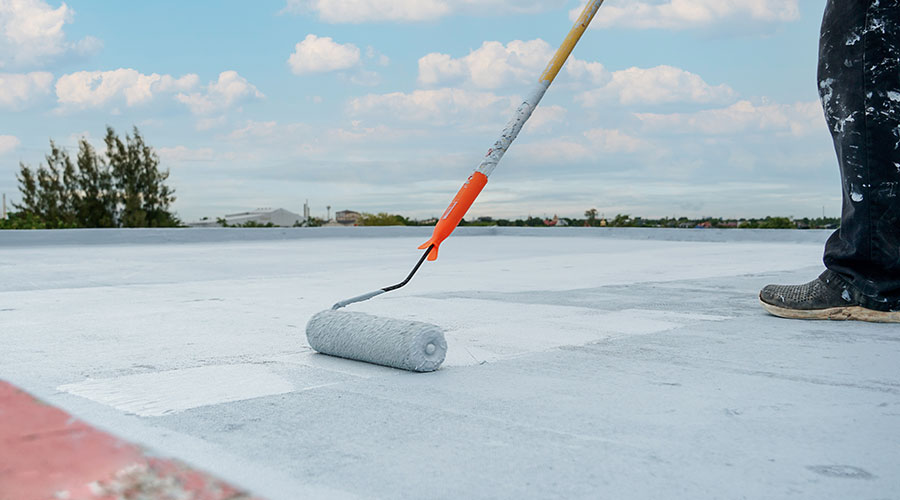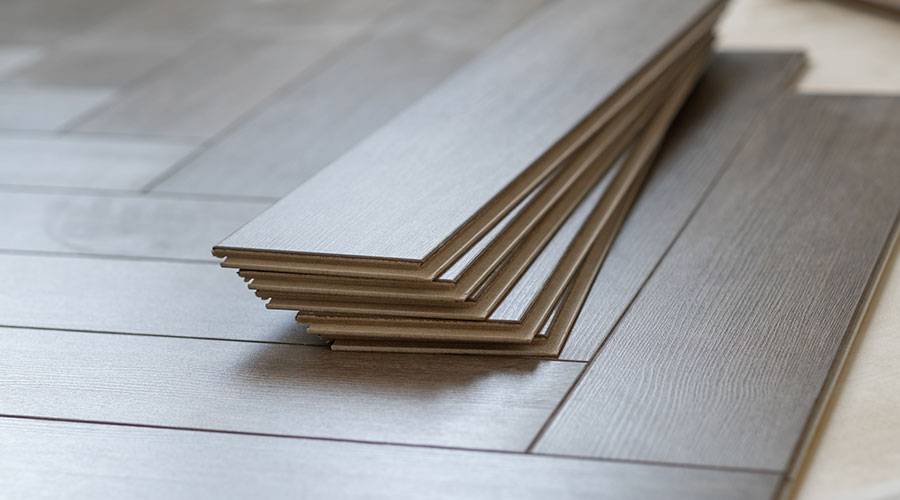Cool Roofs Go Vegetative
One cool roof option, called a green or vegetative roof, actually includes living vegetation on the roof. Often, a green roof is installed on a facility for aesthetic or special reasons unique to a facility, and energy saving benefits are secondary, says Richard Kadlubowski, senior vice president and director, architecture at the Washington, D.C., office of Hoffman Architects. A hospital might install a green roof on a portion of roofing that can be seen from patient recovery rooms to aid in a faster recovery, for example.
There are two main types of green roofs: intensive and extensive. Extensive green roofs have a thinner growing medium layer that may only be a few inches deep. The plants on these roofs are usually indigenous to the area or drought-resistant and require little maintenance, says Kadlubowski. Intensive green roofs have a thicker growing medium of a foot or more, and tend to have larger plants, shrubs and even trees as part of their landscaping.
The major benefit of green roofs is energy savings. The mass of the roof acts as insulation, says Kadlubowski. There will be less energy swings in the building and it will be easier to maintain a temperature.
Secondary benefits include improved storm water retention and more protection of the roofing membrane due to the cover of growing material. Kadlubowski warns, however, that if there is a leak, locating that leak can be difficult if there is a foot of soil to dig through. Green roofs also help to mitigate the urban heat island effect with a process called evapotranspiration. Evapotranspiration occurs when plants secrete water through their leaves. According to Lawrence Berkley National Laboratories, plants "sweat" like people do. And just like when we sweat, it has a cooling effect.
Facility managers considering installing a green roof need to take a careful look at structural requirements, as even extensive roofs are heavy. "If you have the building's original drawings and specs, we can figure out if it's structurally able to carry the weight," says Kadlubowski. "If not, then a structural engineer will have to perform a structural analysis of the roof."
— Lacey Muszynski
|















